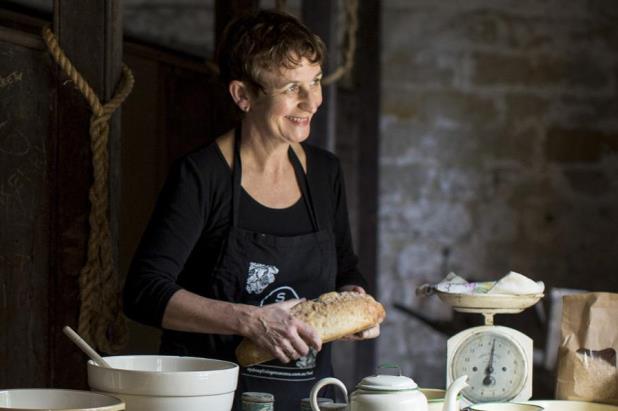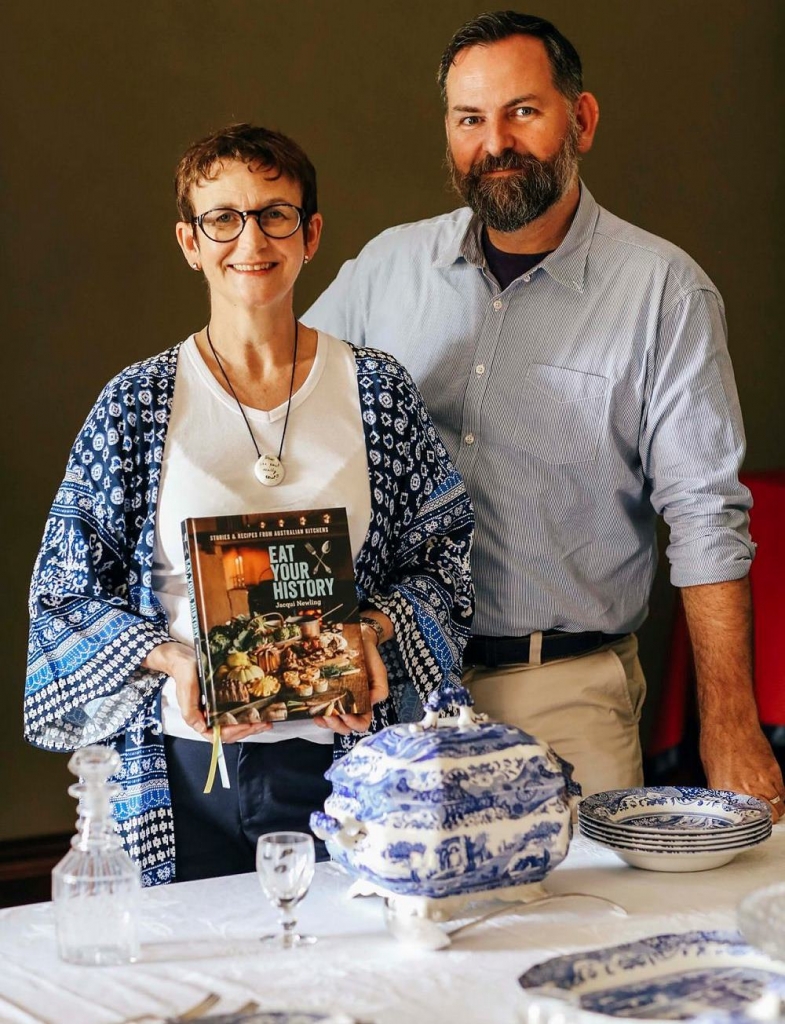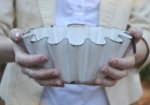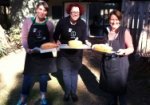Handwritten recipes passed through the generations, tales of goats running wild in colonial gardens and early settlers’ experimentation with native foods…
Eat your history dishes up stories and recipes for Australian kitchens and dining tables from 1788 to the 1950s.Jacqui Newling, resident gastronomer at Sydney Living Museums, invites you to share forgotten tastes and lost techniques, and to rediscover some delicious culinary treasures.
We’re excited to announce the publication of our new book – Eat your history: stories and recipes from Australian kitchens. Look out for it in our museums and good bookstores, or order from our website.
Eat your history authors Jacqui Newling and Scott Hill Photo © James Horan for Sydney Living Museums
Scott Hill, ‘The Curator’ and my partner in culinary crime here at SLM is contributing author, with sections on changing kitchen technologies and dining styles.
Familiar faces, familiar places
As regular visitors to this blog or our properties, you’ll recognise many familiar names, faces and places. There are as many stories from humbler homes as there are from grand estates and from convicts as well as the more privileged ‘toffs’. Many of the stories touch on very personal experiences – private letters and journals, oral histories, manuscript recipes and food splattered pages in cookbooks. The book invites you to relate these stories to you own food histories and personal memories.

Eat your history: stories and recipes from Australian kitchens Photo © Sydney Living Museums and NewSouth Publishing
The recipes
There are 43 recipes interspersed through the book which illustrate once-treasured, lost or forgotten tastes and techniques. Many are inspired by our properties’ cookbooks and manuscript recipes – recipes from the Rouse family cookbooks – carrot pudding, tomato chutney and gingernuts; Meroogal’s cakes and biscuits; recipes from long term residents of Susannah Place – Mrs Sarantides’ meatballs and shortbread; rabbit curry, apple charlotte and apple snow from Girlie Andersen’s Golden Wattle cookery book to name but a few. Others typify a particular time period – from Georgian and Victorian times and therefore universally appropriate for many of our colonial-era properties. Very easy to make are syllabub, jelly oranges, devilled bones, chilli vinegar, orange-muscatel salad, raspberry vinegar, and a little more intricate but not difficult, Regency cheese cakes, fondu, raised pies, bread sauce and the Christmas plum pudding and its groggy sauce.
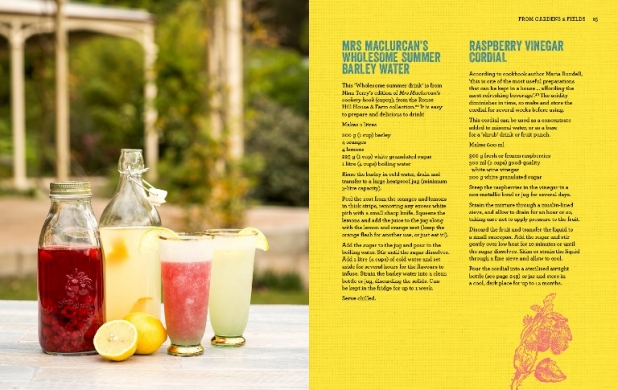
Recipes pages for summer cordials Photo © Sydney Living Museums and NewSouth Publishing
More enduring dishes continued into the 20th-century but have since faded from glory – mulligatawny, kedgeree, suet pastry, apple charlotte, apple snow, Quong Tart scones, sago plum pudding, Scotch eggs and Welsh ‘rabbit’ and seafood chowder. Some dishes are ‘lost’ to history but may appeal to the more adventurous cook such as spiced (corned) beef, oyster loaves and the very ‘colonial’ kangaroo steamer, wallaby tail stew and Australian soup. Many of these dishes are worthy of revival and would be very suitable for modern tables.
